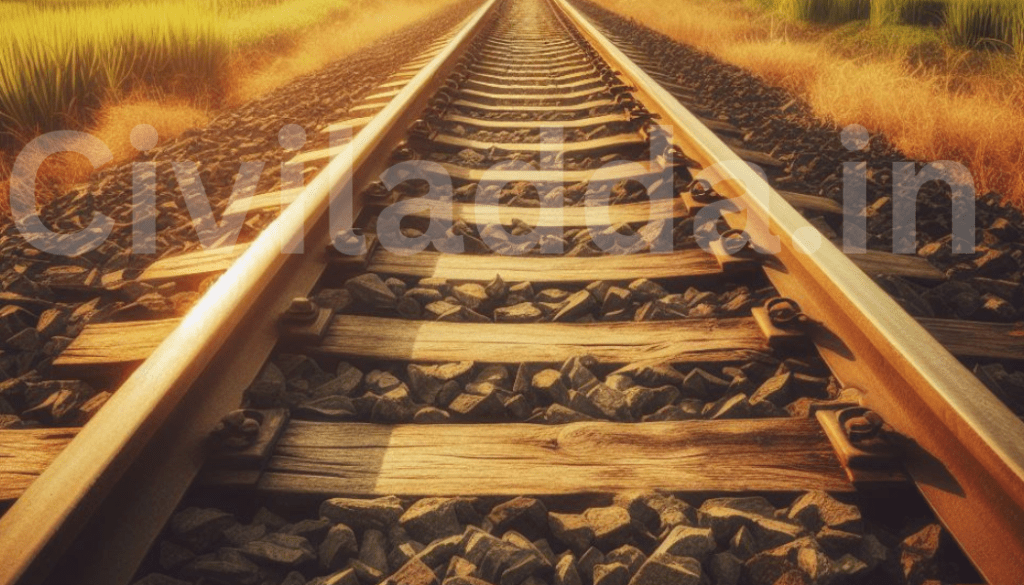Railway Wooden Sleepers: What are they?
Railway wooden sleepers are rectangular pieces of wood that are placed under the rails to support and hold them in place. They are also known as crossties, ties, or sleepers in different parts of the world. Railway wooden sleepers have been used for centuries, and they are still widely used today in many countries, especially in rural areas and on bridges.
What are the functions of railway wooden sleepers?
Railway wooden sleepers have several functions, such as:
- Providing a stable and level base for the rails to rest on.
- Distributing the load of the trains evenly over the ballast and the subgrade.
- Absorbing the shocks and vibrations caused by the trains.
- Maintaining the gauge and alignment of the rails.
- Facilitating the drainage of water from the track.
- Allowing for easy inspection and maintenance of the track.
What are the types of railway wooden sleepers?
There are different types of railway wooden sleepers, depending on the material, shape, size, and treatment. Some of the common types are:
Hardwood sleepers:
These are made from durable and dense wood, such as oak, beech, or teak. They are resistant to decay, insects, and fire, and they can last for decades. They are suitable for high-speed and heavy-traffic railways.
Softwood sleepers:
These are made from less dense and cheaper wood, such as pine, fir, or spruce. They are more prone to rotting, splitting, and warping, and they have a shorter lifespan. They are suitable for low-speed and light-traffic railways.
Treated sleepers:
These are sleepers that have been impregnated with chemicals, such as creosote, to protect them from moisture, fungi, and insects. Treated sleepers have a longer lifespan and a darker color than untreated sleepers. However, they are also more toxic and hazardous to the environment and human health.
Untreated sleepers:
These are sleepers that have not been treated with any chemicals, and they retain their natural color and properties. Untreated sleepers are more eco-friendly and less expensive than treated sleepers, but they also have a shorter lifespan and require more frequent replacement.
What are the advantages and disadvantages of railway wooden sleepers?
They have some advantages and disadvantages, such as:
Advantages:
- They are easy to install, handle, and transport.
- They are flexible and adaptable to different terrains and climates.
- They are effective insulators and reduce noise and heat.
- They are aesthetically pleasing and can be reused for landscaping and decoration purposes.
Disadvantages:
- They are susceptible to decay, insects, fire, and mechanical damage.
- They require regular inspection and maintenance.
- They are heavy and bulky, and they occupy more space than other types of sleepers.
- They are not suitable for electrified railways, as they can cause short circuits and sparks.
Conclusion
They are an essential component of the railway track, and they have a long history and a wide application. They have various functions, types, advantages, and disadvantages, and they need to be selected and used according to the specific requirements and conditions of the railway. Railway wooden sleepers are not only a technical but also a cultural and environmental issue, and they deserve more attention and appreciation.
